Sakura season may be ephemeral, but I’ve always wished I could enjoy the scent year-round. And so begins my quest for a line of gentle, authentic, lightly sakura-scented bath and body products that are relatively easy to obtain.
Rituals is a line of home and personal-care products inspired by scents and, well, rituals of self-care from around the world. I’d been wanting to try their Ritual of Sakura for a while but never got around to it. Until I passed through the duty-free shop in Denver on the way to California last time, and I knew it was fate. They had this lovely little kit that was a duty-free exclusive and I took it as a sign that I had to snag it.
I managed to hold on to it until we got to Las Vegas, where I could take advantage of the huge glass shower and giant two-person bathtub. It made the experience all the more special.
The products included in this travel-focused kit are a shampoo, rice scrub, foaming shower gel, and a body cream. They all include rice milk and cherry blossom. The products are all lovely to use – rich and creamy and not drying. The shower gel also makes an incredible shave gel and I’m always a fan of double-duty products, especially for travel. The rice scrub is very gentle, which my sensitive and eczema-prone skin greatly appreciated. The whole kit comes in an elegant little travel bag that’s white faux-leather on the outside with a soft pink lining that suits the sakura theme perfectly. There is branding on it, but it’s a very discreet embossed logo and I would not feel self-conscious carrying other products at all in this. The whole package and experience felt suitably luxurious for a Vegas getaway with a fancy bathtub.
Unfortunately, for me personally, the scent on these missed the mark. It’s definitely got notes of sakura but it reminds me more of that iconic “doll” scent from the early 80s (I know, I’m likely dating myself here). It’s a combination of bright florals and a powdery, comforting scent, all undertoned with a very faint whiff of plastic. It was definitely less fresh and herbaceous than a true single-note sakura fragrance should be, which is what I am still on the prowl for.
However, none of of this is to say that it’s an unpleasant scent! Not by any means! It’s familiar, but elevated, and unique enough to make it stand out in a line of overly florid and saccharine “cherry blossom” scents on the western market. All it means is that my hunt for a true, easily attainable sakura body care line continues. If you like the idea of a softer cherry blossom scent with a more western scent profile in mind, then I highly suggest checking this line out. But if you’re like me and you’re on the lookout for a pure sakura experience, maybe give Rituals of Sakura a pass.
I purchased this item myself and chose to review it.

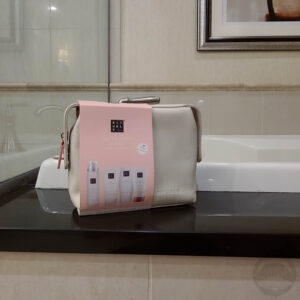
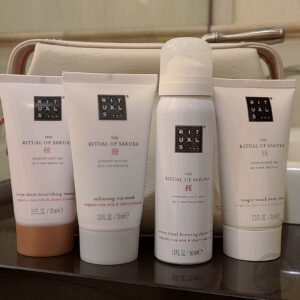
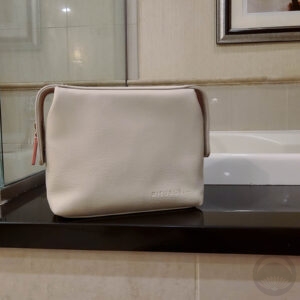



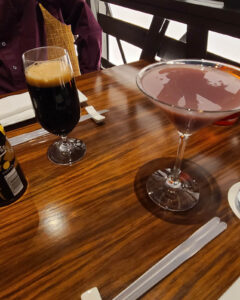
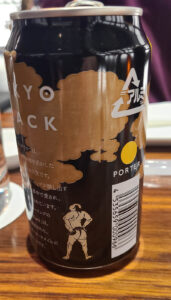
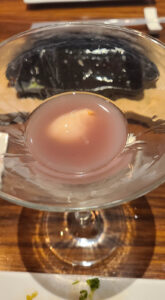
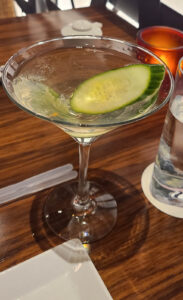
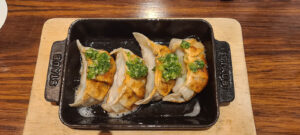
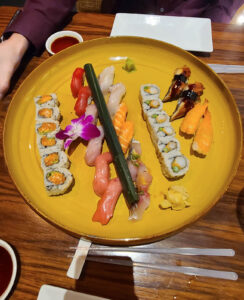
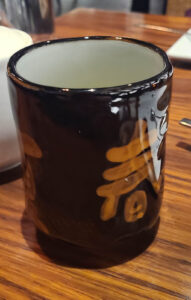
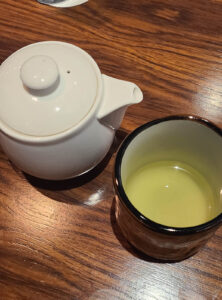




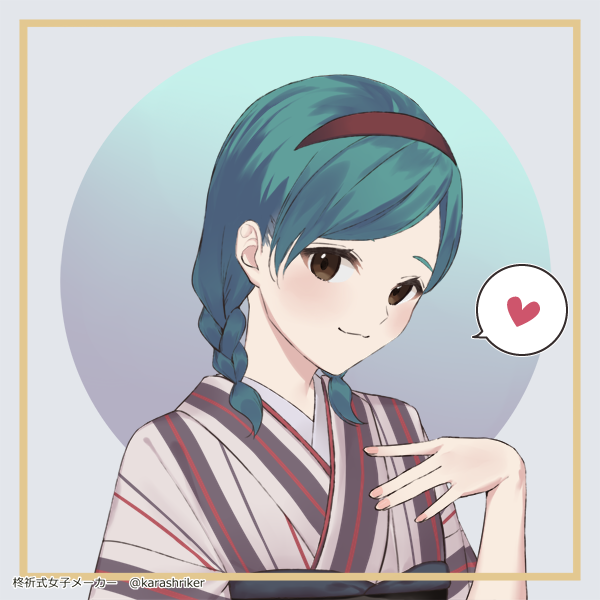


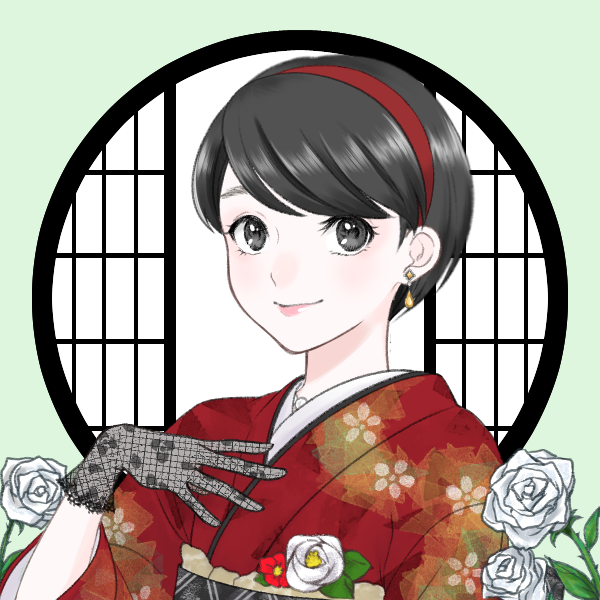
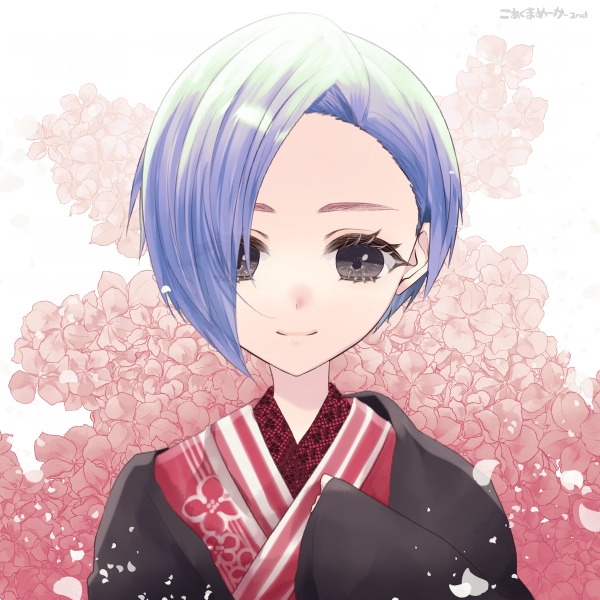
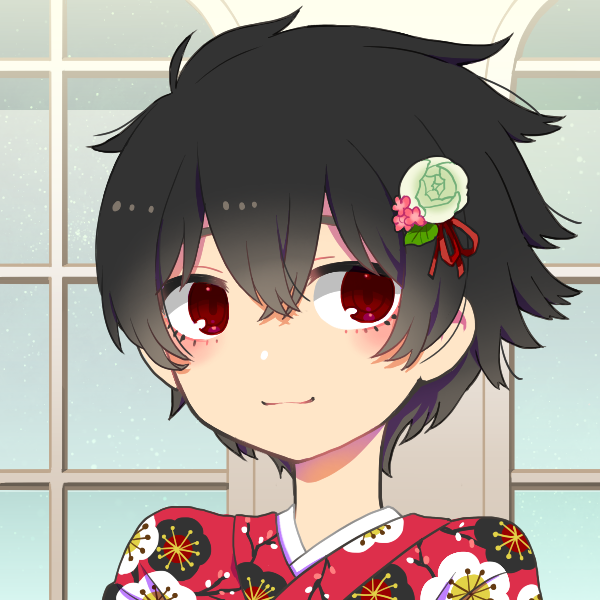
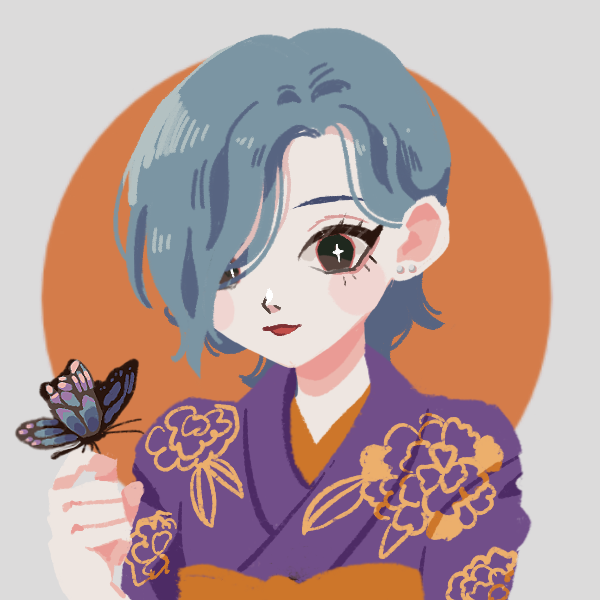


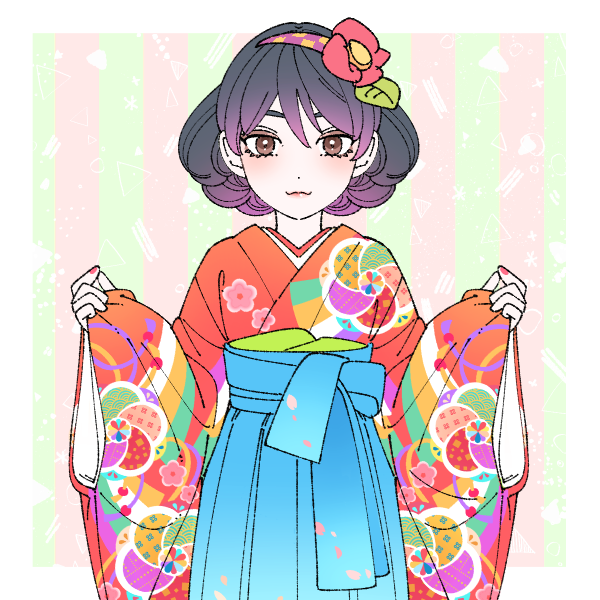
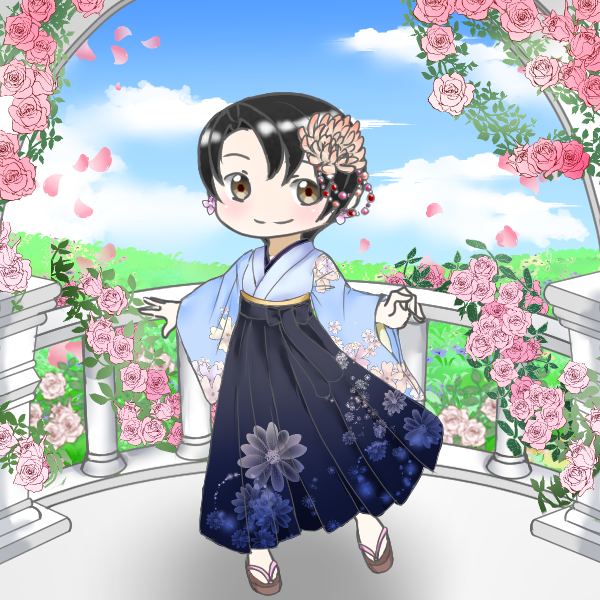
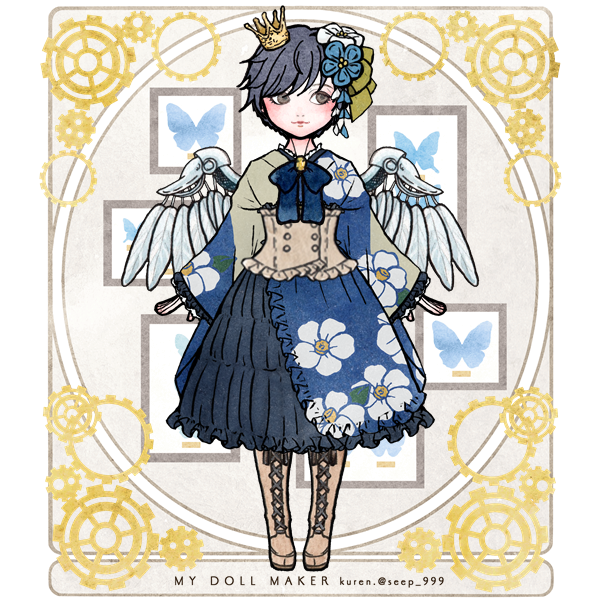

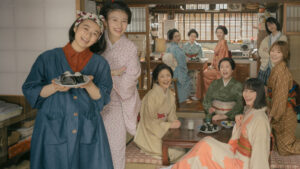

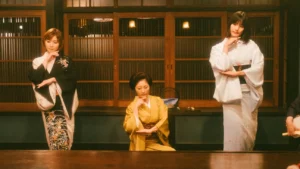
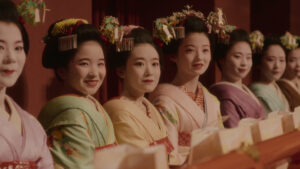

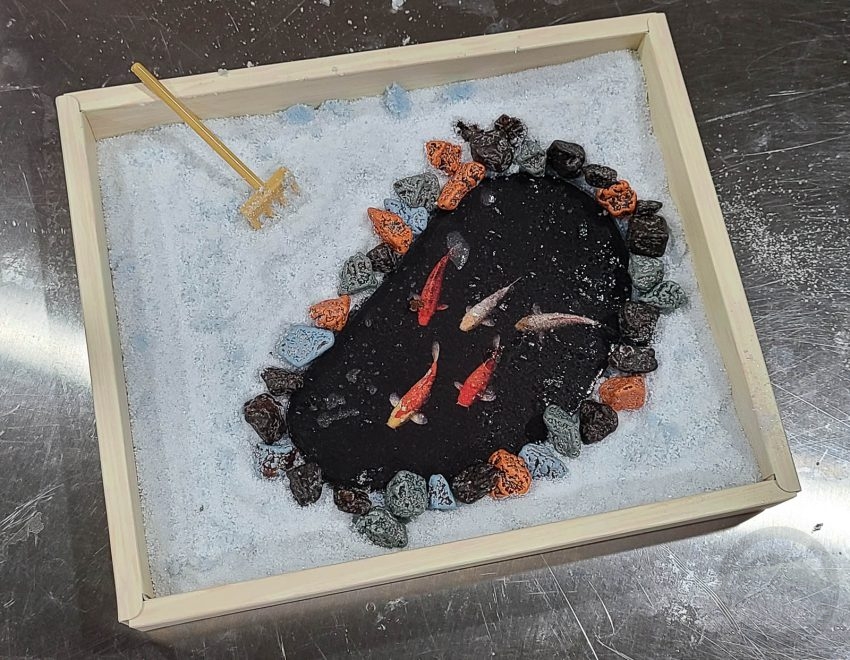
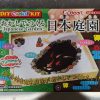







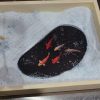
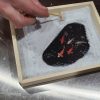













 Bebe Taian
Bebe Taian CHOKO Blog
CHOKO Blog Gion Kobu
Gion Kobu